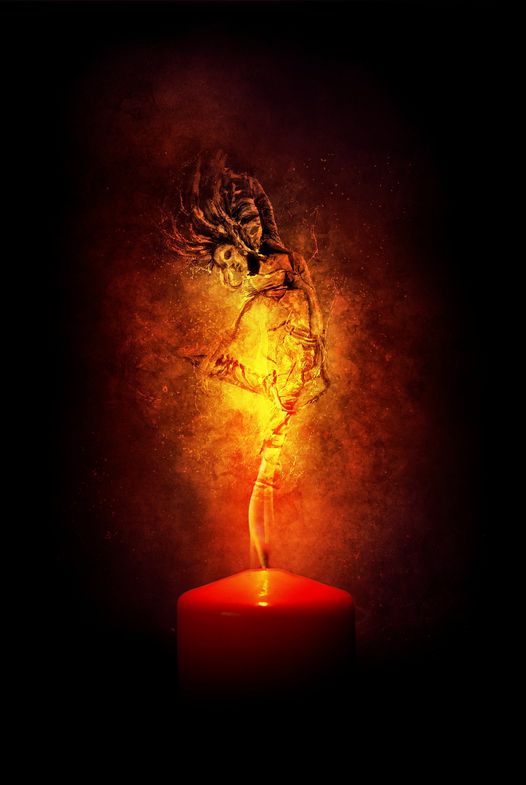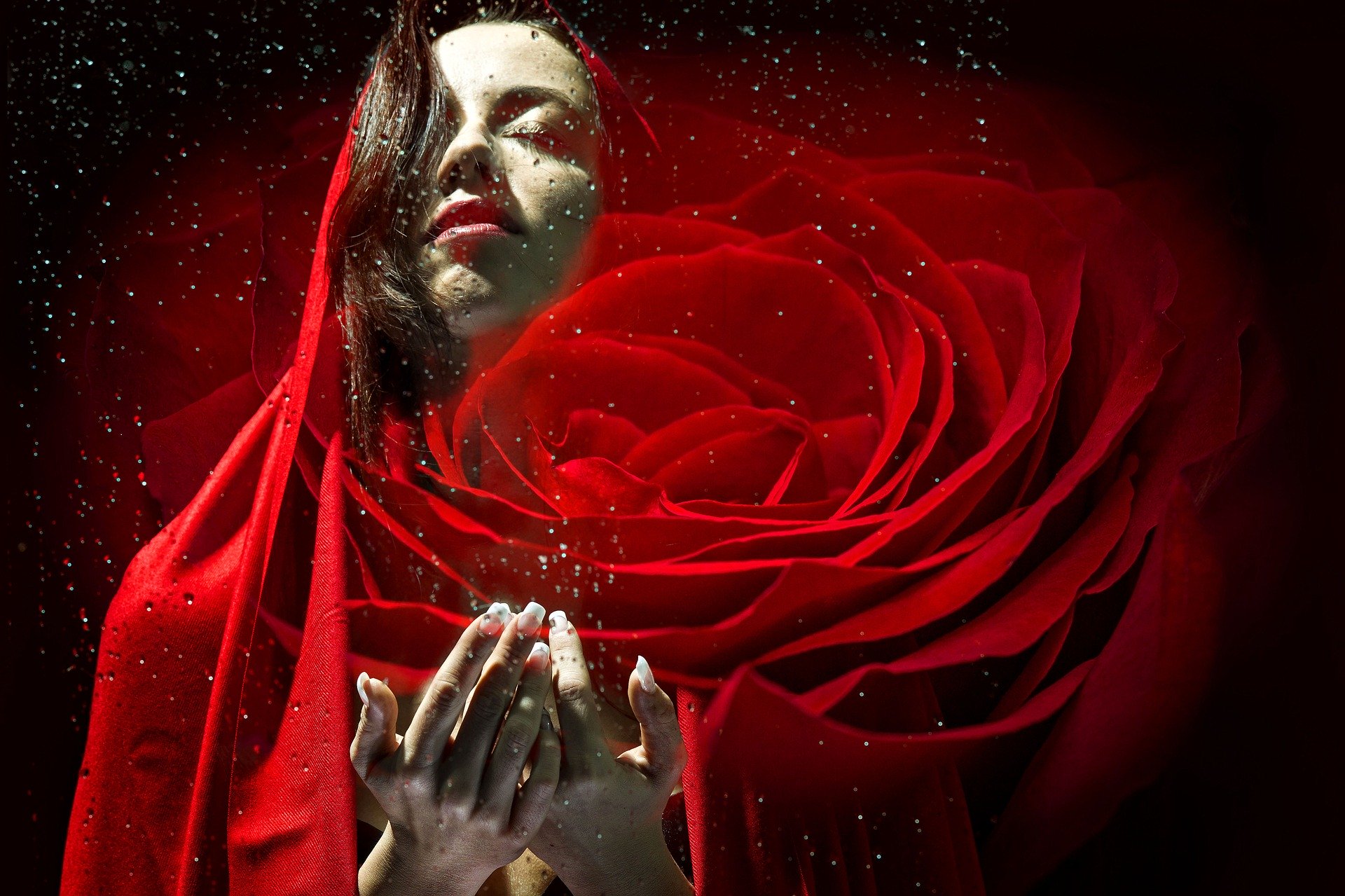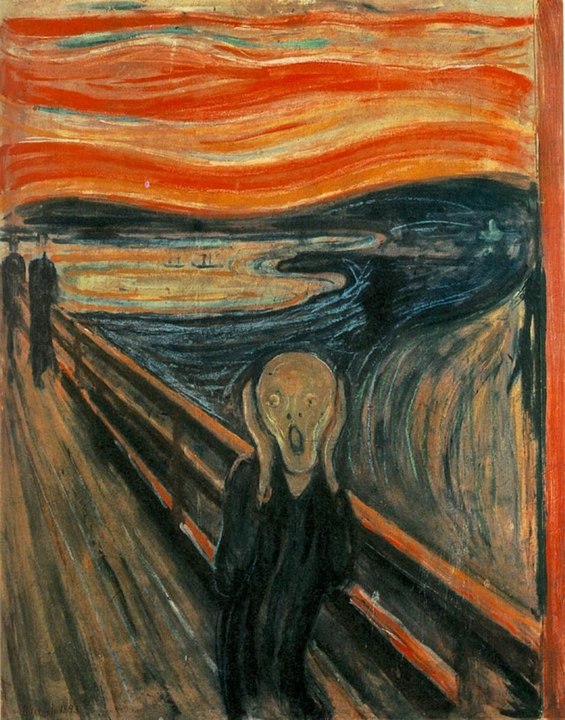One can fight for life, fight against the grey unliving armies, the armies of greedy ones and bossy ones, and the myriad hosts of the clutching and the self-important. Fight one does and must, against the enemies of life. But when you come to life itself, you must come as the flower does, naked and defenceless and infinitely in touch.
D.H. Lawrence
What resonates most deeply with me is the essential ‘saying’: ‘When you come to life itself, you must come naked and defenceless.’ My first reaction was to take this association quite literally, thinking in particular of the ritual nudity included in some initiatic traditions, especially also in ‘entry rites’ like Baptisms or dedication rituals, which are often the first steps of ‘coming to Life’. When discussing such rites, emphasis is often laid on the clothing in new garments, e.g. a white robe, symbolizing the new role the initiand takes on or purity after shedding the old profane skin, sometimes also the new body, e.g. of light, and in particular the new ‘life’. Disrobing and the interval of nudity are the required pre-conditions, symbolically leaving behind the old self, even ‘dying’, but focus lies on the ‘resurrection’, the ‘re-birth’. And while nudity is closely intertwined with this, we all are born naked after all, I am wondering whether people are not too quickly too focused on the new garment, the new robe, clothing the body just as quickly as you would do with a newborn, and thus pay too little attention to the process of disrobing and the state of nudity. Yet, if we were to expand our understanding of their special significance, it would greatly enhance the experience and therefore actualization of initiation (and any other ritual).
While I am not aiming in particular at feelings of shame and discomfort here, from an initiatory perspective I do think that it is a good thing to have at least a bit of both in an initiand (and other participants), as these feelings remind us of the morals, ethics, and norms that we in the Kosmic Gnostic current for ex. want to leave behind. However, to everyone who asks to be initiated into a tradition that values the body as an essential, integral element, it must be clear already that these are restrictions to be overcome. Of course, depending on many factors such as cultural upbringing, peer group etc. it might be more difficult for some than others (and thus even become an actual act of transgression). The state we actually want to achieve in our nudity though is that of the flower in D.H. Lawrence’s quote: Natural, alive, defenceless – inherently free of moral values, free of projections, free of judgments. And especially also free of the layers of illusions and protections we are used to build up around us, those ideas of Self, stemming from ourselves and others, which we enclose ourselves in and which are exactly what we put down, symbolically, when we disrobe. Only then, when we stand naked in the clearing, unashamed, and yet trembling, with the awareness of our new, true nakedness, the realization of the truth our body is/holds, only then are we ready – receptive – open — to receive, to embrace, to submit to ‘Life itself’.1On the understanding of ‘Life’ in a Kosmic Gnostic sense, see David Beth’s forthcoming title “Labyrinthos” with Theion Publishing.
Now I already introduced my second association with “naked and defenceless”, which you could also infer from the title of this piece: Truth. I do not intend to even scratch the surface of a concept that has engaged great minds of philosophy like Kirkegaard, Nietzsche and Heidegger to name just a few. But the impressive painting by Ferdinand Hodler, which continues a long tradition of depicting the female ‘naked truth’ in art, seamlessly connected for me with Lawrence’s quote even though the latter does not explicitly refer to ‘Truth’ at all. Many of Lawrence’s motifs and usage in writing are inspired by Romanticism. Just as he located “life itself” within Nature (the quote I gave is within a scene located in the woods and including the phrase: “the wood was like a sanctuary to life itself”), so did the Romantics seek in sacred nature for their subjective Truth. To cut a long story short, in my context here I understand ‘Truth’ not as a general, objective matter of fact but as a subjective, highly individual part of our soul, akin to the form/shape the impulses of Life (can) take within and through each of us. Simply speaking I am talking about your very own Truth that you will have to seek and retrieve from under the layers of false Self(s) that you enclosed it in (there is certainly something to be learned from the thought of ‘Father Time revealing (his daughter) the naked Truth and killing Falsity’, another motif in art).
Yet, in contrast to this simple rendering á la ‘find your own truth’, I do not regard your subjective Truth as a static item like a treasure that once found, once revealed, you simply hold on to forever (and clad in a white robe). Just as the numinous stream of Life (and thus its impulses within you) is always changing, so also is ‘your Truth’ ever-changing, becoming, e.g. the values and needs that you cannot compromise on; Values and needs that are not based on your projections and self-illusions, on your own ideas of how things should be, how you have to be, fixed expectations and strive for perfection, or ideas you take from others like unachievable ideals. Instead, they are (based in) the impulses of Life that your soul perceives and take shape as / constitute your Truth.
While the disrobing, the symbolic un-selfing, of our physical body, the revealing of our nakedness, our symbolic Truth, may only happen physically in one or two initiation rituals (although I imagine it present in every act of ritual nudity), this process of finding, revealing (and then enacting) our Truth will have to be repeated (metaphysically) again and again throughout our gnostic life. Becoming true Life-affirmation. The less shells and layers of illusion and projection, the less false Selfs we have left to dismantle, the easier it will be for us to live our Truth and raise it to a level of mystery (“The external is an internal raised to a level of mystery” Novalis). The more we come to Life “naked and defenceless”, the better can we fight for it and deal with the “grey unliving armies” of the soul-less.
A short additional paragraph on Why and What
While the above can be left standing as a musing on its own, I like to add a few more sentences on its implications. I do not want you to confuse what I call ‘Truth’ here with the idea of ‘purpose’. While the ‘Truth’ I am describing certainly conflates in some aspects with what is usually understood as ‘one’s life purpose’ and can enable us to lead our most fulfilled life, I hold the latter for a slippery slope. If we equate Truth with Purpose in this way, we form an abstract idea that is like a goal or the ‘motto’ that we then fixate and in the worst case become dependent upon. This is like the static treasure I mentioned above. Instead, we should get rid of the static purpose and find it ever anew. And we do this by revealing our Truth, enacting our own impulses of Life. Now for some this is easier to do than for others but for all it might be treacherous as we will have certainly to learn to distinguish what is appearing as our Truth and what actually is our Truth. This is part of the gnostic and occult work we must do, and as you know by now, I am pretty certain that at least many of us would do better at this with a true teacher who can often better see what is the false Truth you are clinging to and what is the real one. The real one might actually seem ugly to us at first. And yet, this is where our freedom lies. “Come naked and defenceless”. Defenceless is not the same as vulnerable. Look at Hodler’s painting and you will (hopefully) see what I mean. Assuming that you do individual, solitary ritual work and do this in specific garments or the nude, and as this takes the elements of shame and discomfort usually out of the equation, I simply suggest that you begin to regard and include disrobing (and the interval of nudity in case you put on ritual garments) as part of the work already. Focus on uncovering your Truth, on the experience of ‘coming to Life naked and defenceless’, on the re-experience of your initiation if you had one. Contemplate the difference of subjective Life-rooted Truth and an abstract concept of (whether named divine or factual) truth.
Post Scriptum
I am always indebted to David Beth as my guidance on this path and while musings and contemplation, connections I draw and trains of thoughts I follow are my own, I often take inspiration and impulses (of Life) from him. While we did not talk about the concept of Truth verbatim, David recently emphasized again that as my teacher he can only point me towards actualizing my potential, finding my values and needs, but he cannot determine them for me. His Truth in a given situation might not be my Truth – and while this is something we find in these words more or less expressed in many spiritual teachings, psychologisms and even profane conversation, only our shared Kosmic Gnosis gives it the meaning it holds to me and which I found for myself reemphasized through Lawrence’s quote. I tried to put this meaning and my related ‘contemplation’ into some spontaneous shape and expression above and although I know that it might not answer your desire for simple wording and instructions, I hope that it will hold (and maybe unveil) a pearl for you as it does for me.




1 thought on “You must come naked: Revealing Truth”